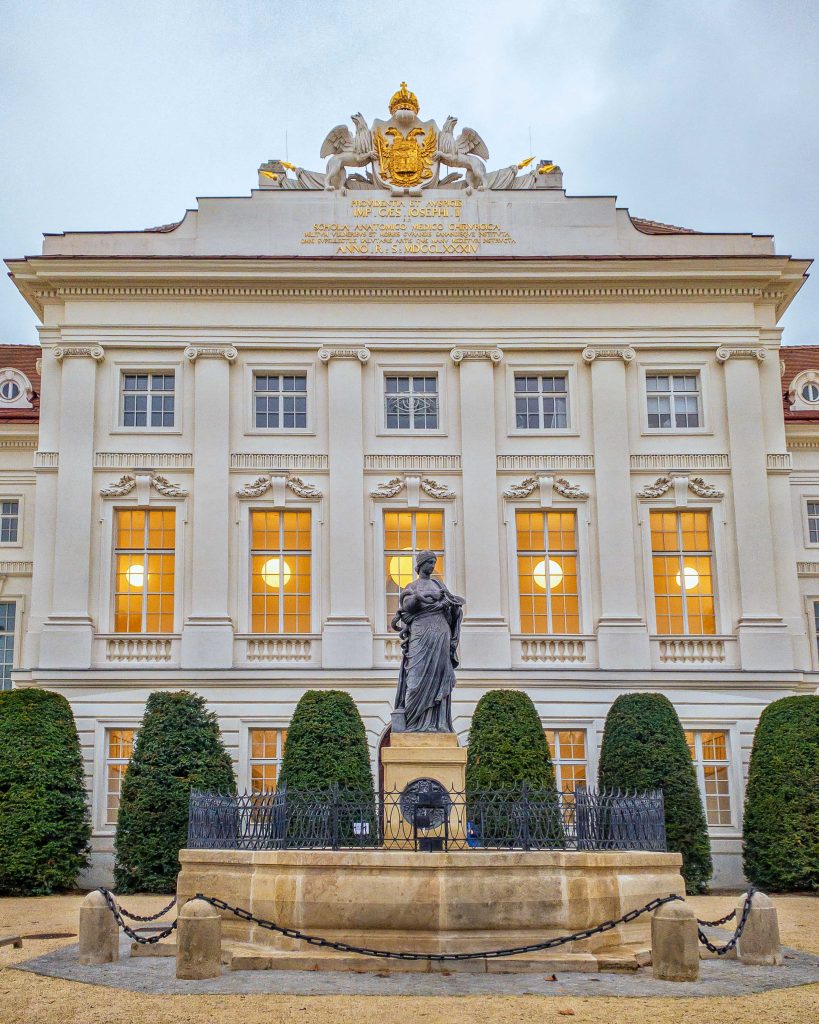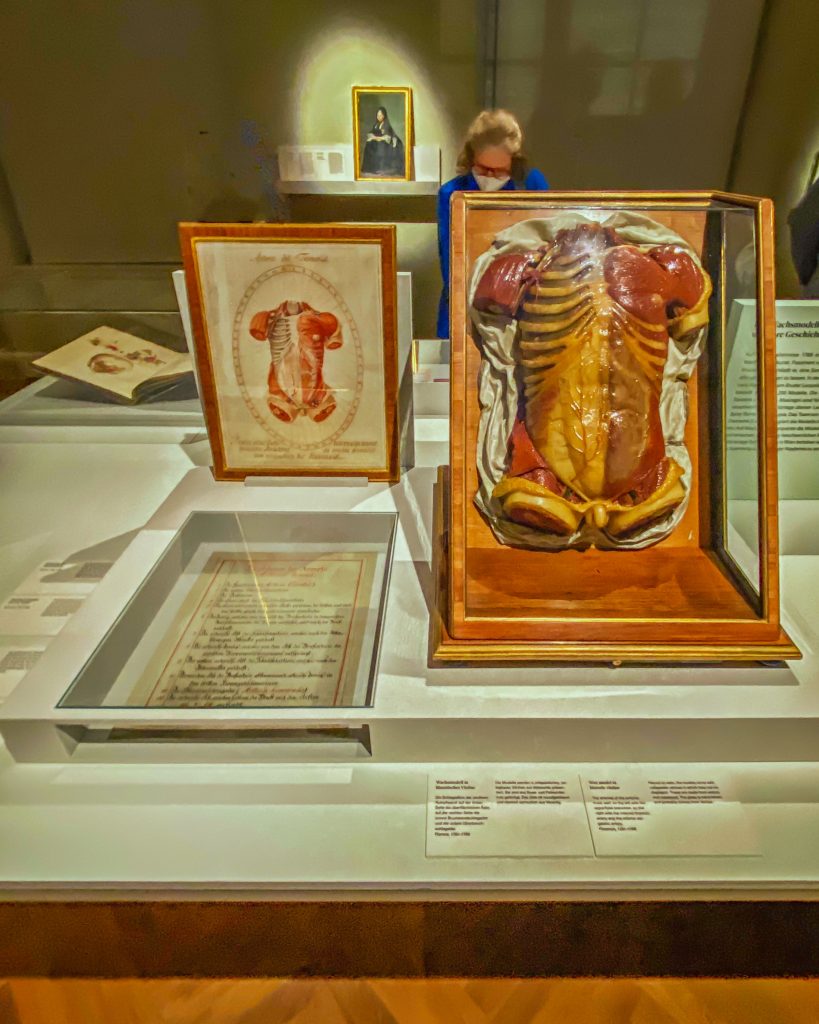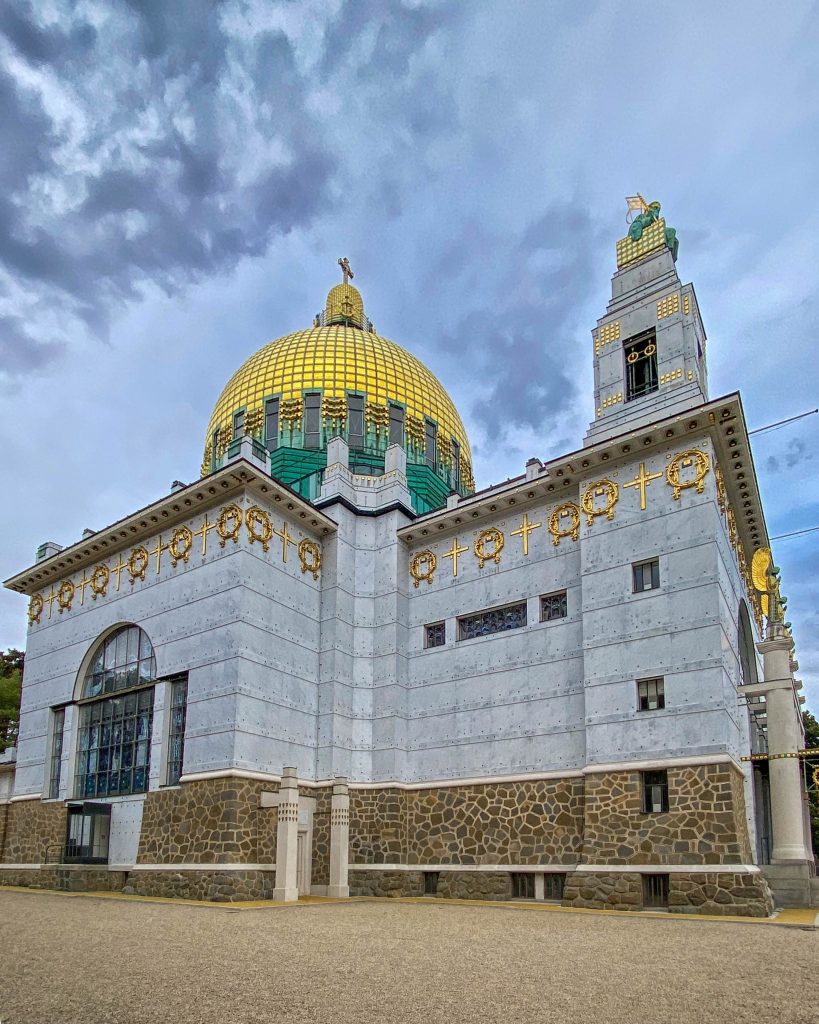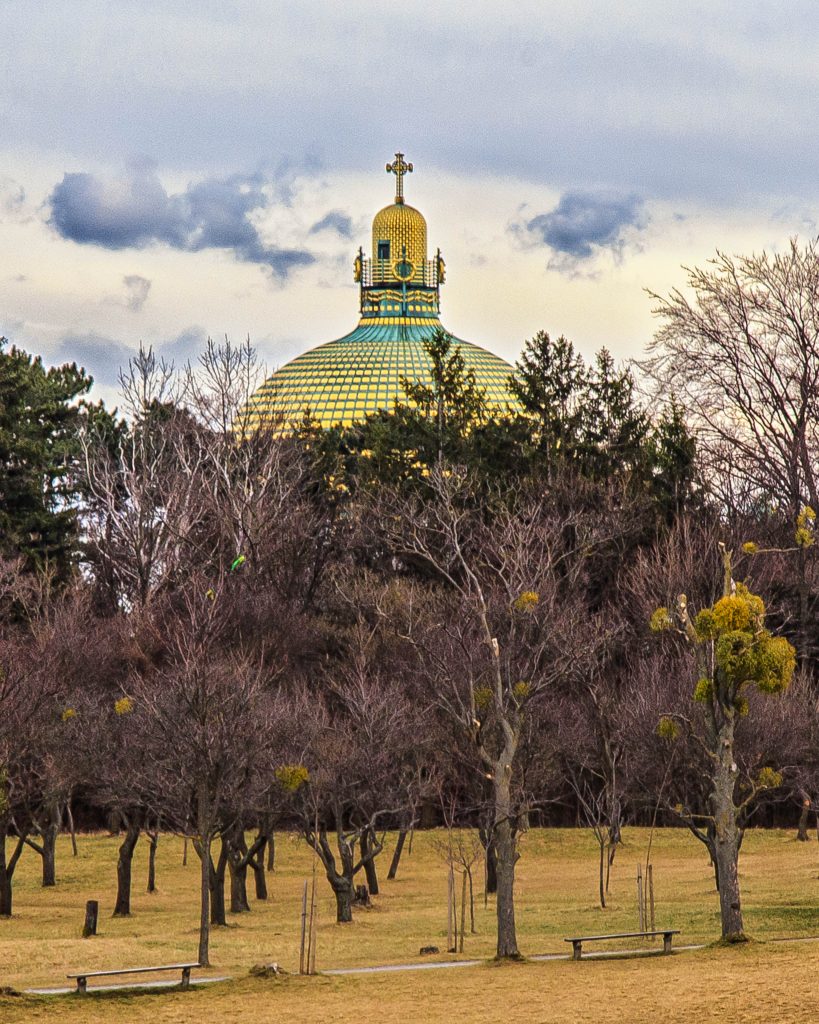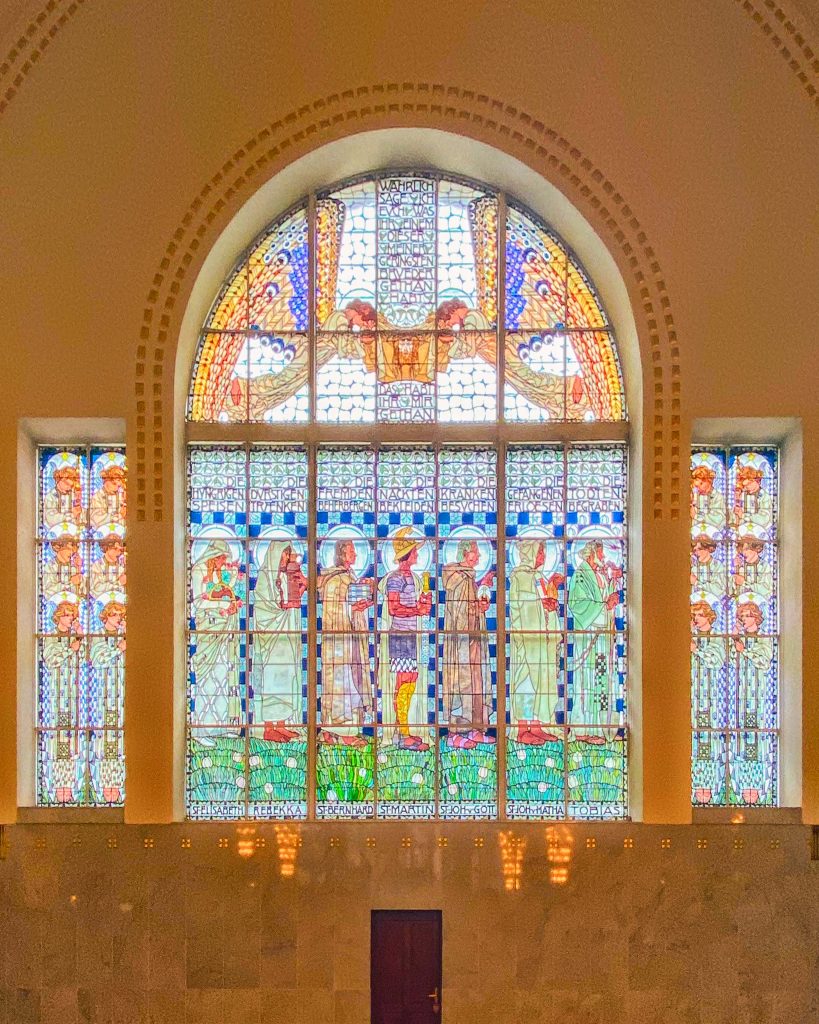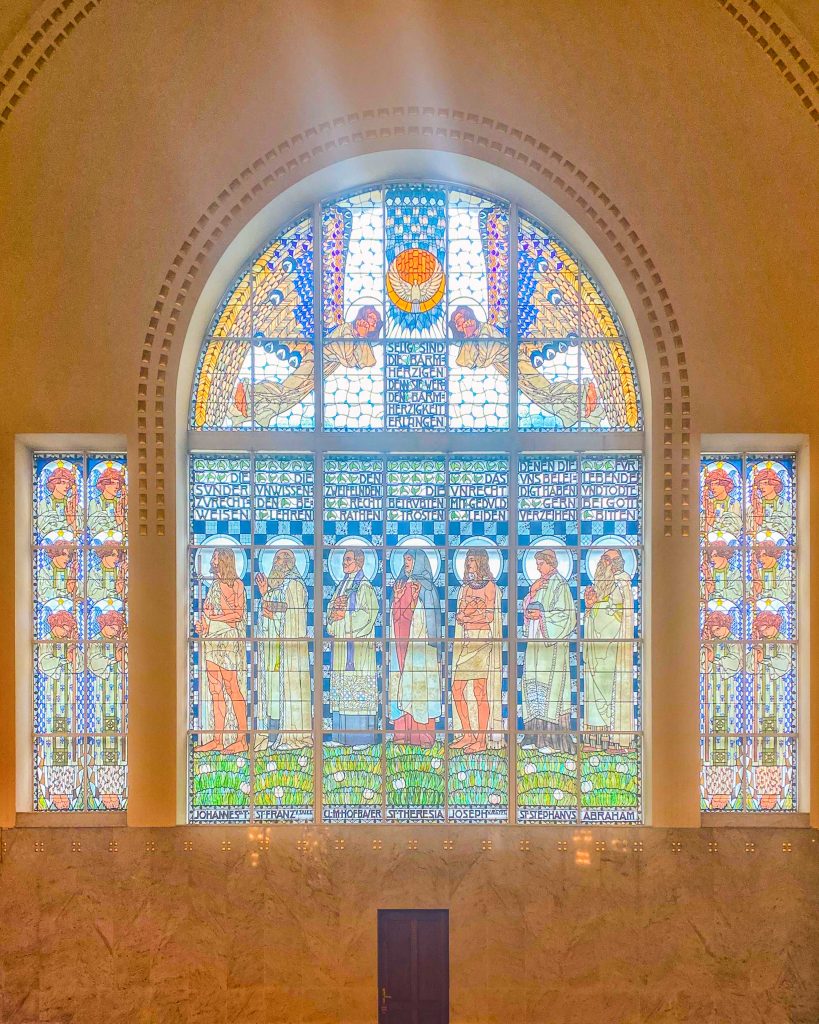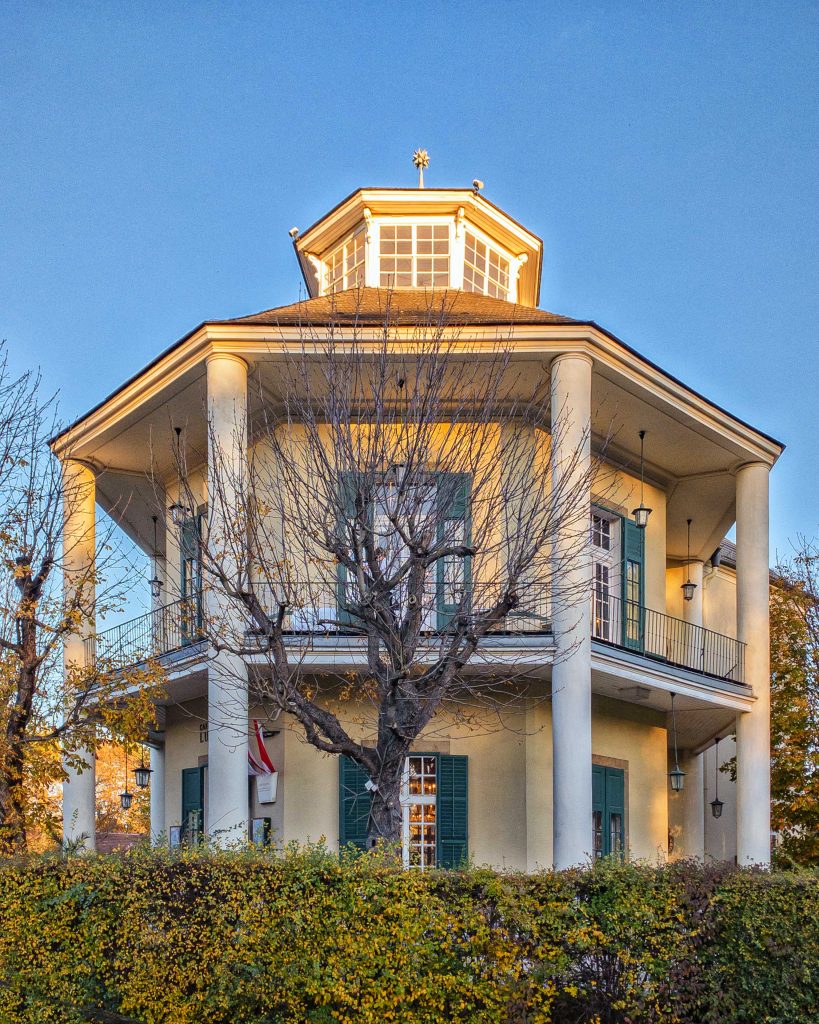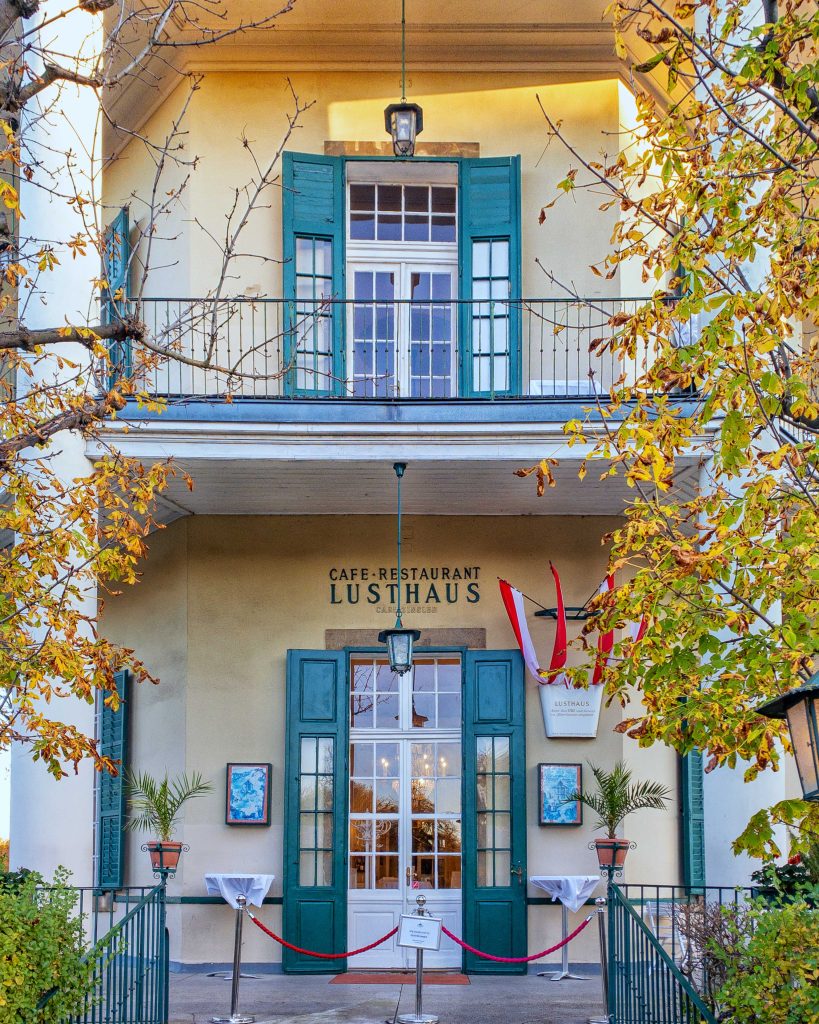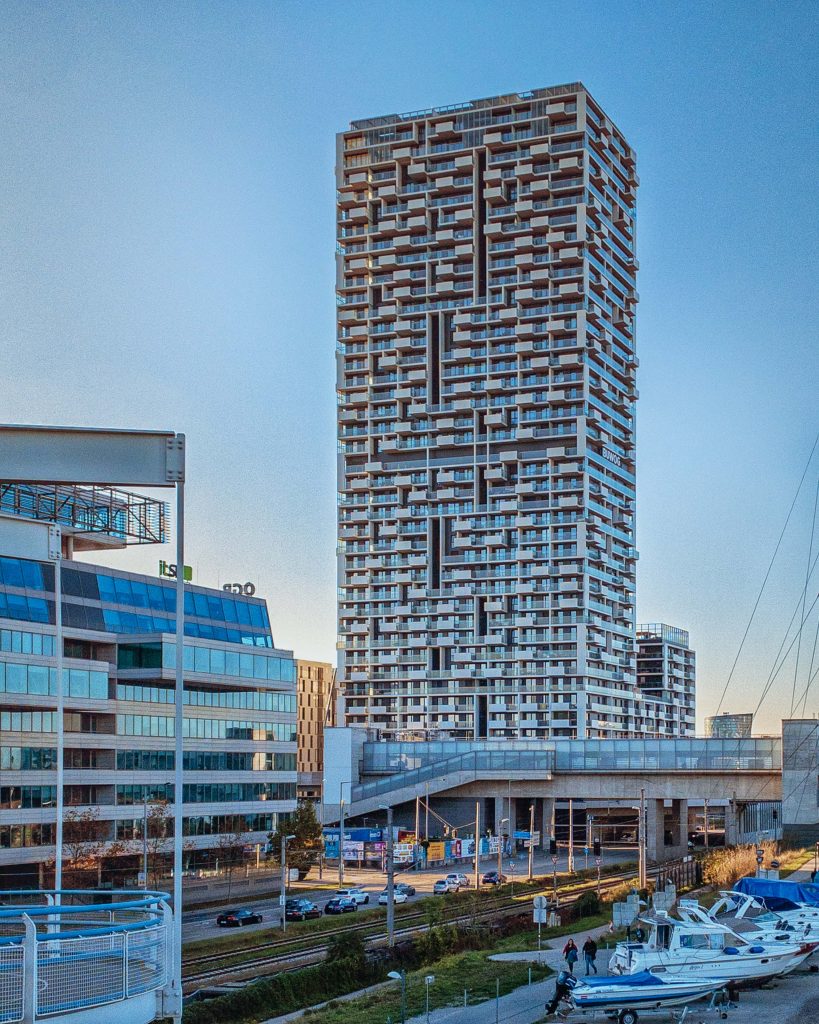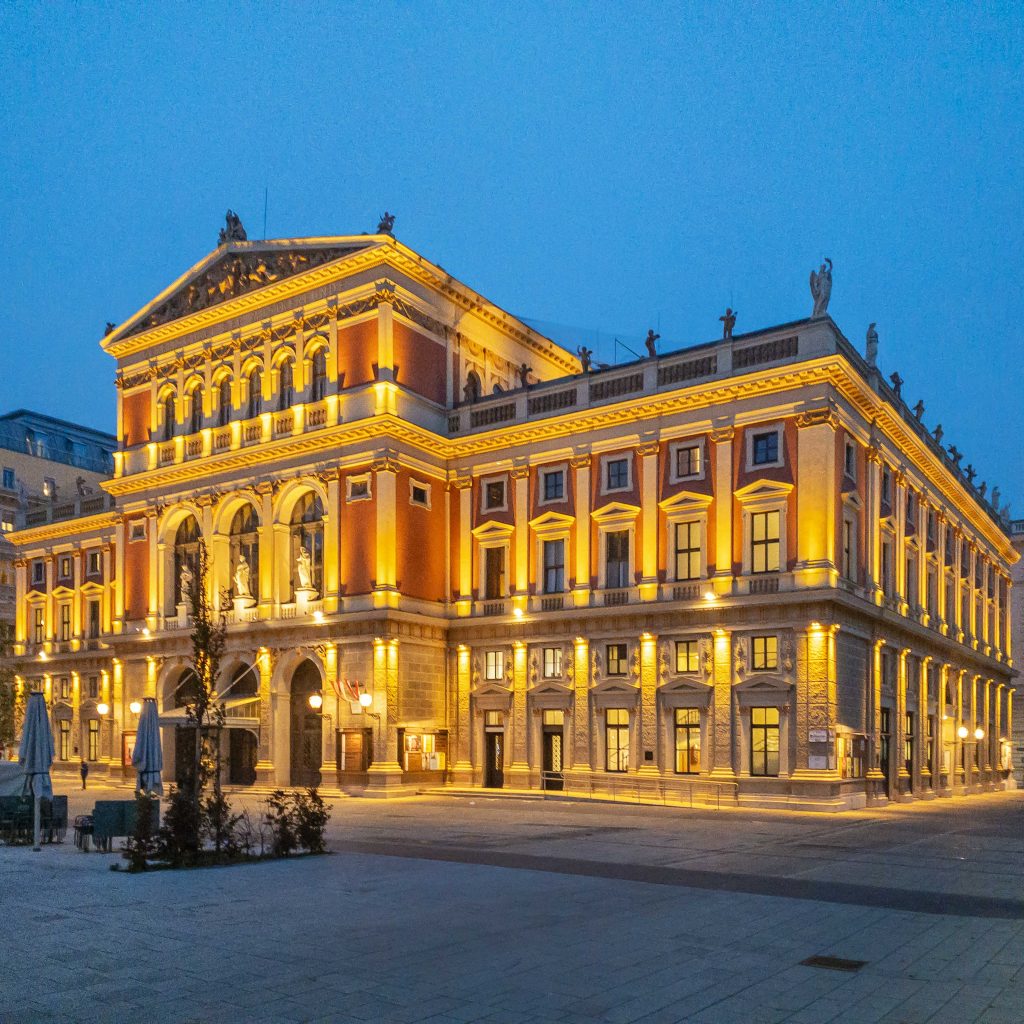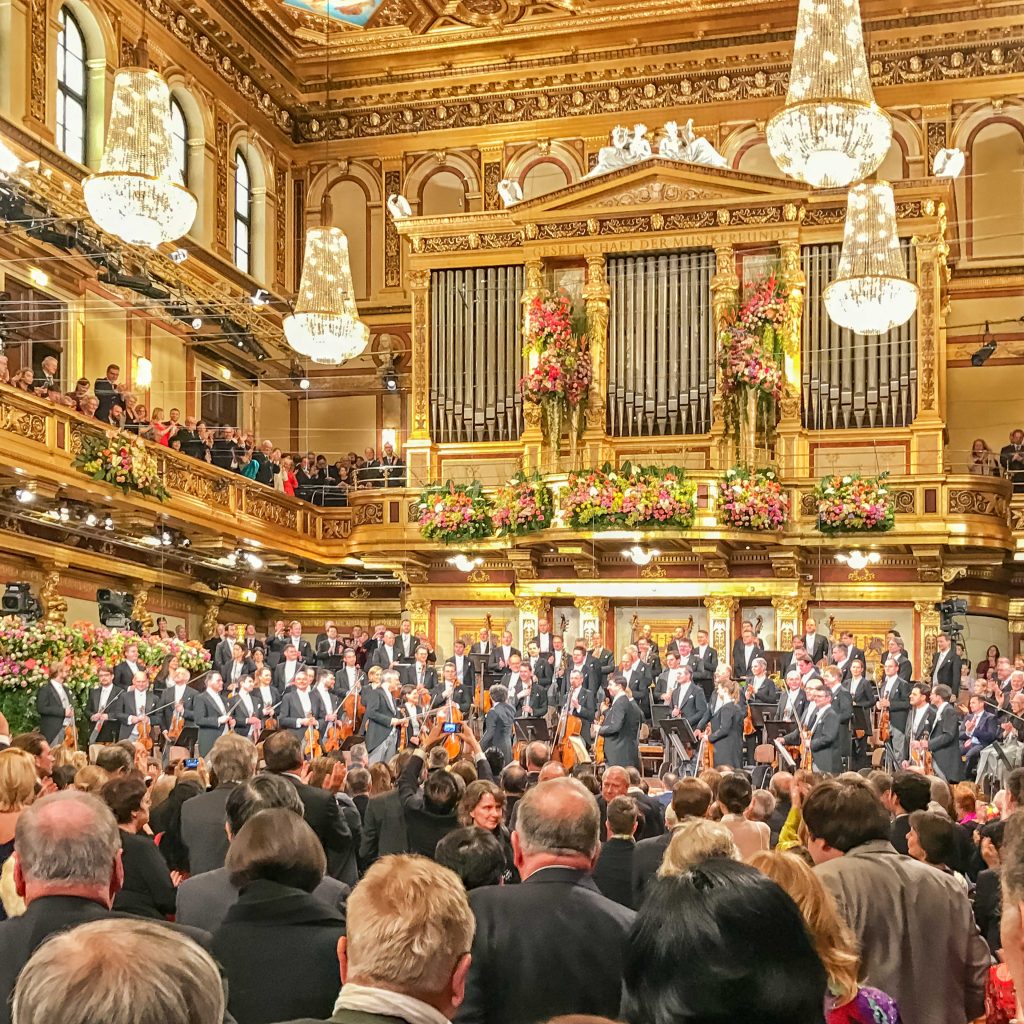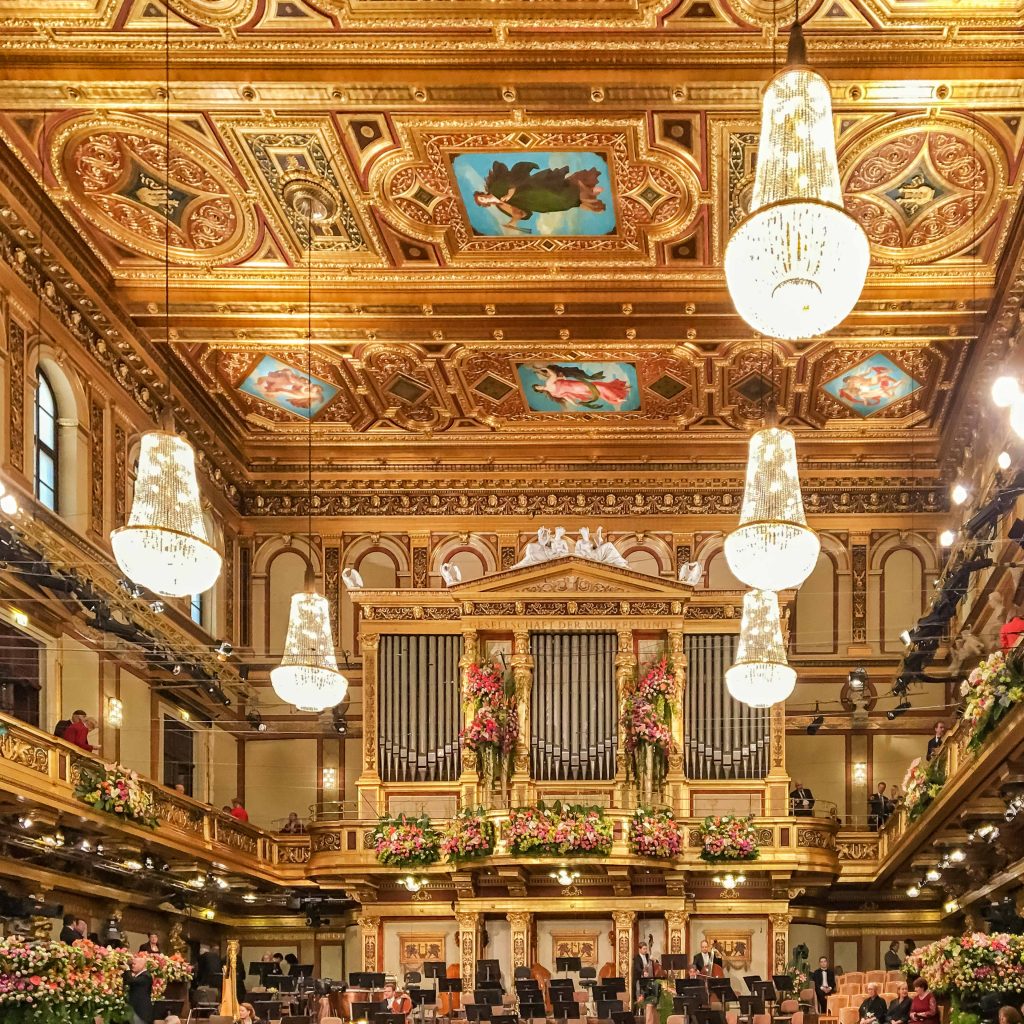Neuer Markt
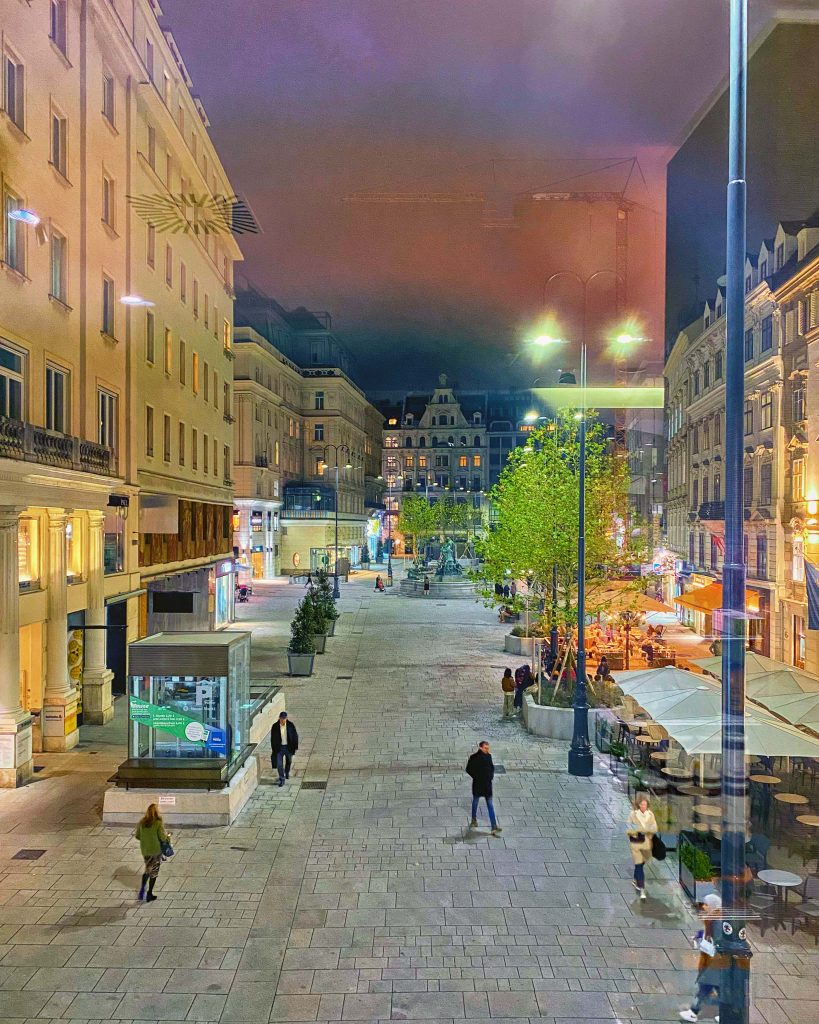
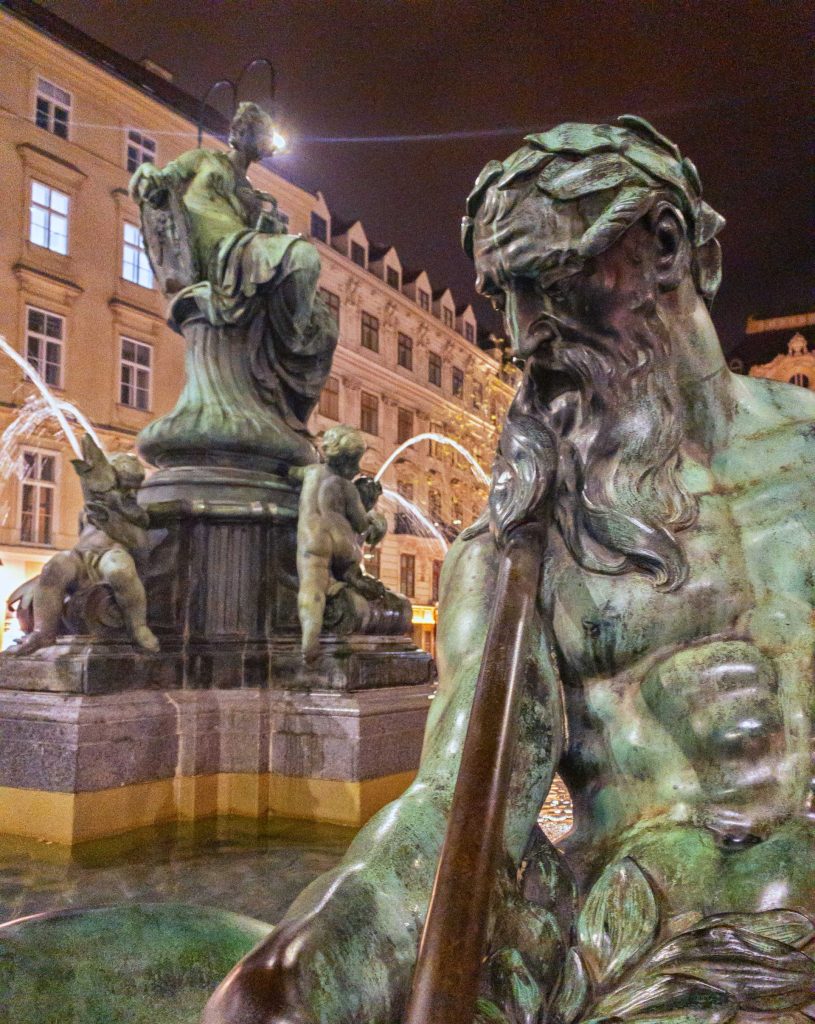
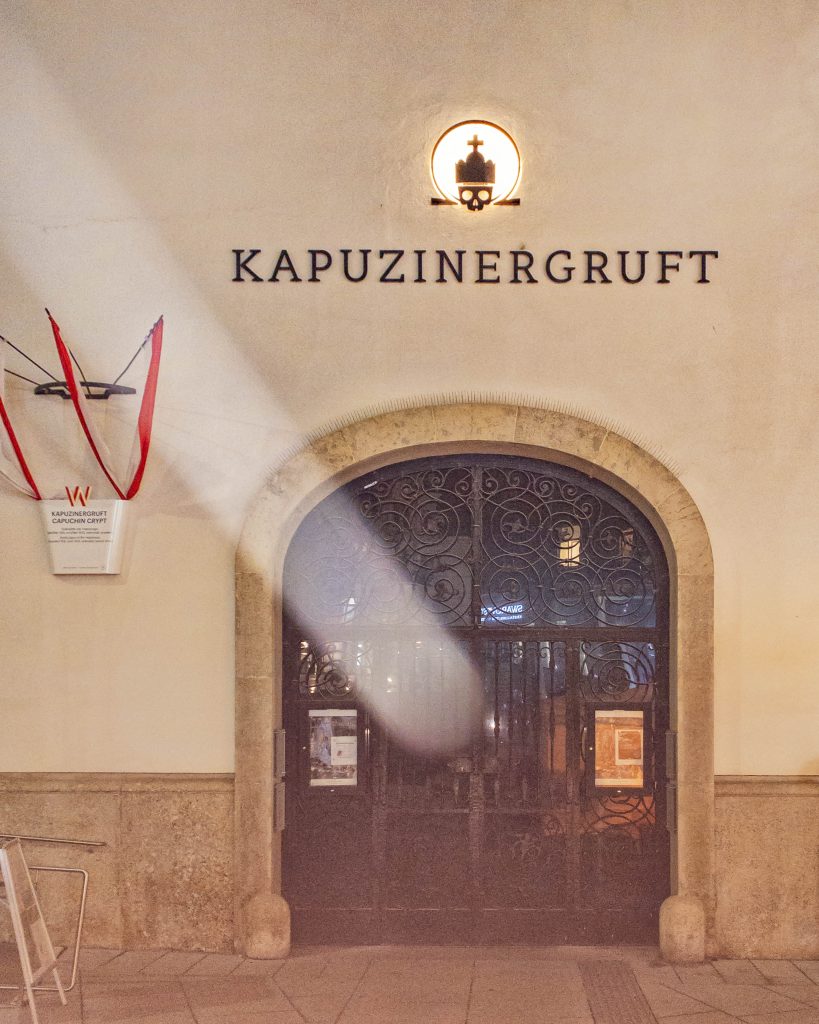
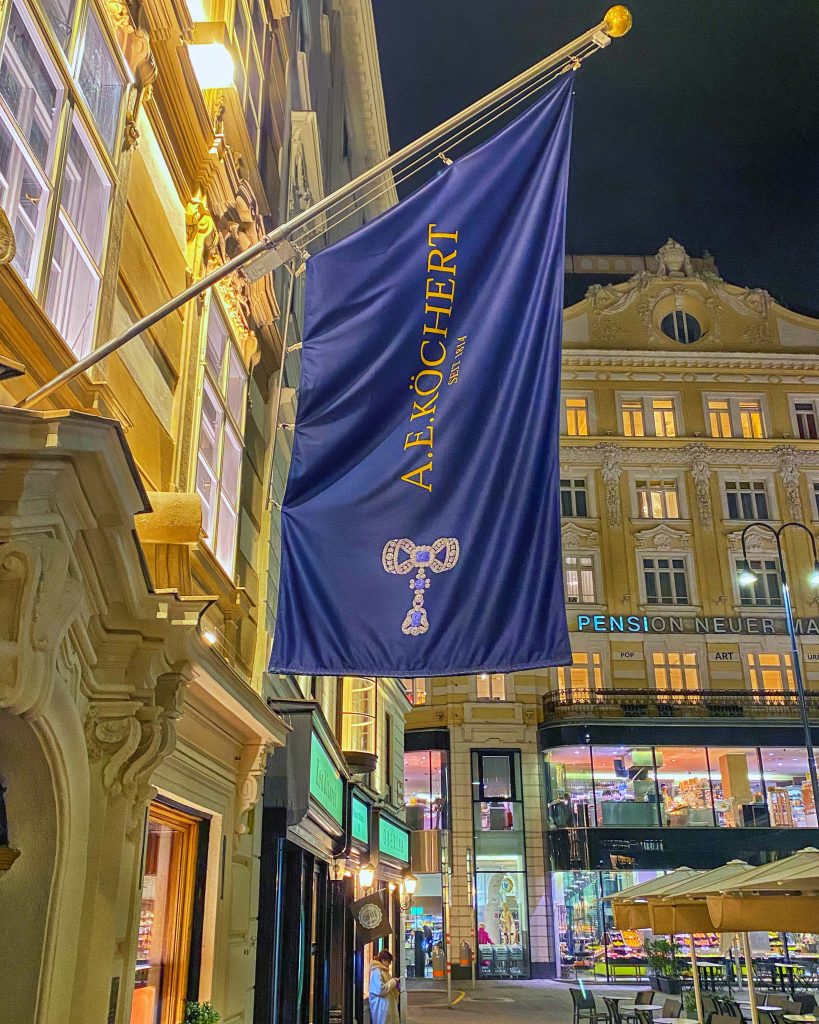

As early as 1234, during the reign of the Babenbergs, the rectangular Neuer Markt (New Market) was created in the city center in the course of a city expansion. 30 years later a surviving town fire testifies to a dense settlement of around 150 buildings. The square quickly developed into a center for the movement of goods to the south. Later, festivities and tournaments were held in the area, which was also called the Mehlmarkt (Flour market) by the population.
The center – reopened after almost 4 years of construction work – is enthroned by the Thunder Fountain, created in 1739, with allegorical representation of important rivers of the Archduchy of Austria. In addition to a number of historic residential buildings and palaces, the imperial crypt as the central burial place of the Habsburgs is one of the highlights worth visiting.
The so-called Maysederhaus with the store of the renowned jeweler A.E. Köchert with the famous „Sisi stars“ is also well worth a visit.
